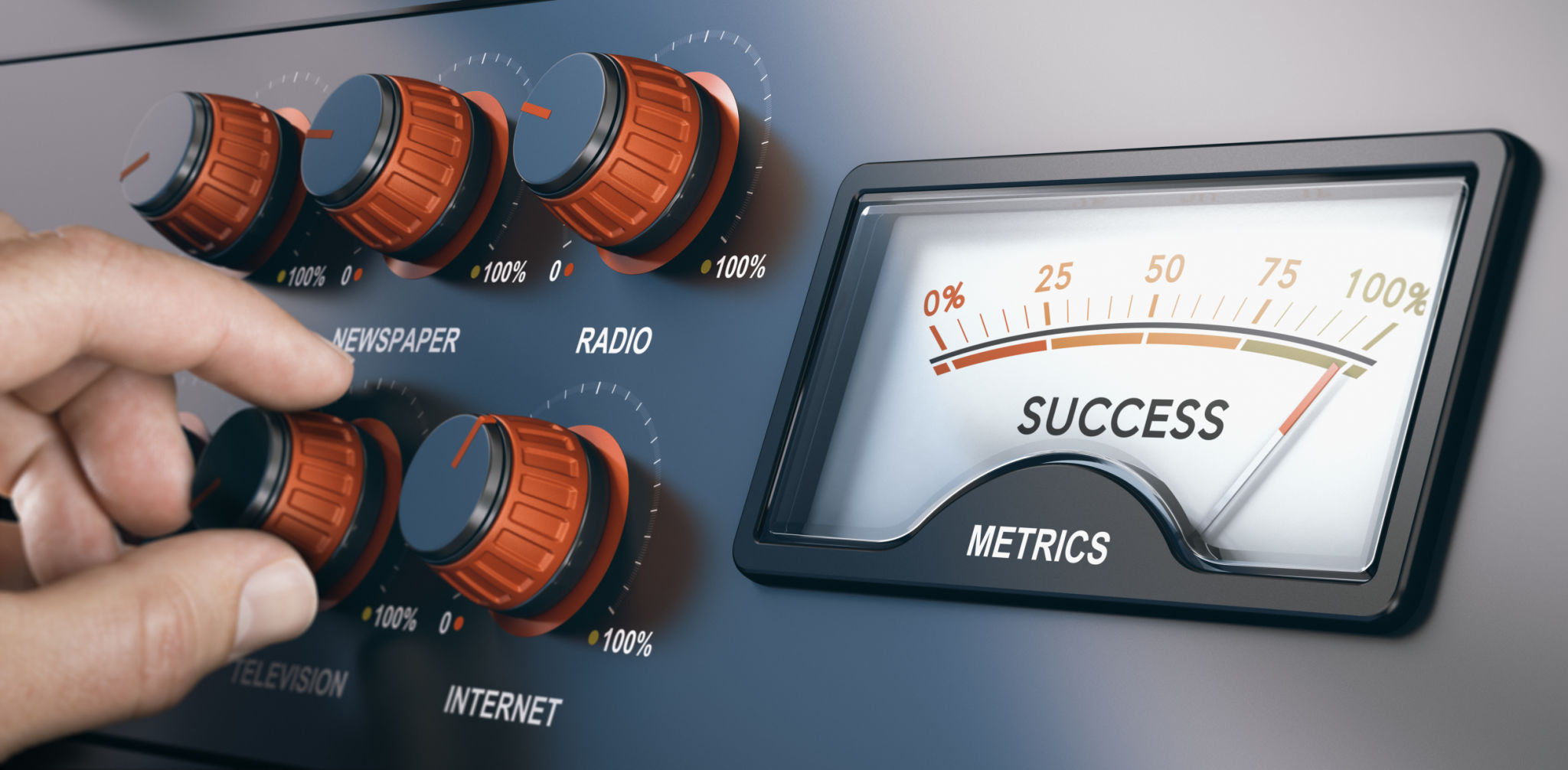Comparing Traditional vs. Rapid Marketing: Benefits of Immediate Strategies
Understanding Traditional Marketing
Traditional marketing encompasses a range of strategies that have been used for decades. These include television commercials, print advertisements, billboards, and direct mail. Such methods have been effective in reaching broad audiences and establishing brand presence. However, they typically require significant budget allocations and long lead times for execution and results.
One of the main benefits of traditional marketing is its ability to reach a mass audience. This broad exposure can be particularly advantageous for brands looking to establish credibility and recognition on a large scale. Moreover, traditional marketing often creates a tangible experience for consumers through print and outdoor advertising.

Drawbacks of Traditional Approaches
While traditional marketing has its strengths, it also comes with limitations. These methods often lack the agility needed to adapt to market changes quickly. Campaigns require extensive planning and are less flexible in terms of immediate adjustments. Additionally, tracking the effectiveness of these campaigns can be challenging, as they often rely on indirect measures such as brand awareness surveys and sales lift.
The Emergence of Rapid Marketing
In contrast to traditional methods, rapid marketing focuses on speed and agility. Also known as agile marketing, this approach leverages digital platforms to deliver quick, targeted campaigns that can be easily adjusted based on real-time data. This strategy is increasingly popular due to the fast-paced nature of today's market environments.
Rapid marketing utilizes online tools such as social media, email campaigns, and digital ads. These tools allow marketers to reach specific segments with personalized messages, enhancing engagement and conversion rates. The ability to quickly test and iterate campaigns makes rapid marketing a valuable strategy for modern businesses.

Benefits of Immediate Strategies
One of the most significant advantages of rapid marketing is its immediacy. Businesses can launch campaigns in a matter of hours or days rather than weeks or months. This speed enables companies to capitalize on emerging trends or respond to competitive pressures promptly.
Moreover, digital platforms offer sophisticated analytics tools that provide insights into campaign performance. Marketers can track metrics such as click-through rates, conversions, and audience engagement in real-time, allowing for data-driven decisions that enhance campaign effectiveness.

Integrating Both Strategies
While both traditional and rapid marketing have their unique benefits, the most successful marketers often integrate both approaches. By combining the broad reach of traditional methods with the precision and adaptability of rapid strategies, businesses can maximize their marketing impact.
For instance, a company might use traditional marketing to build brand awareness while leveraging rapid tactics to engage customers online with personalized offers. This hybrid approach ensures that businesses can maintain brand consistency while also being responsive to market dynamics.
Conclusion
The choice between traditional and rapid marketing depends on a company's specific goals, budget, and industry context. However, in an increasingly digital world, adopting immediate strategies can provide a competitive edge. By understanding the strengths and limitations of each approach, businesses can craft comprehensive marketing strategies that drive growth and success.